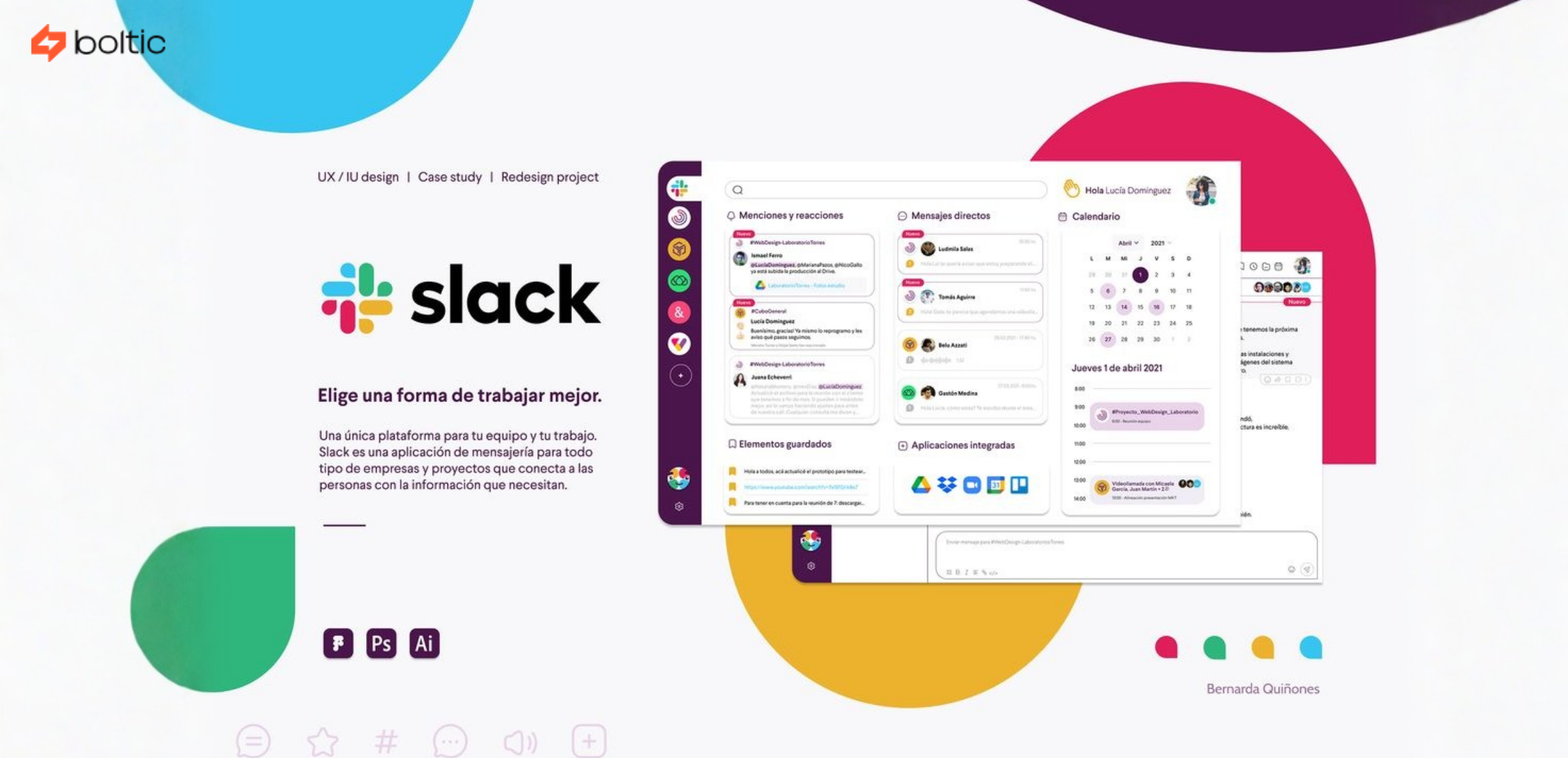Data transformation is the T in ETL used to transform the raw data into standardized and meaningful data. It is a key component of the ETL that converts raw data into more focused and maximally useful dataset. Taking raw data from a source and then load it to a destination has never been an ideal approach when it comes to analysis and reporting.
If you aim to get the most out of the data, your data should be meaningful, structured, and in a usable format. Easy-to-consume data doesn't only give you valuable insights but also protects applications from the landmines such as null values, duplicates, and incompatible formats. Data transformation in ETL ensures that the destination system only has data with the required format and structure.
How Data Transformation Works?

The entire ETL process aims to extract data from a source, transform it into an actionable format and then send it to a destination. During the extraction phase, the raw data is extracted from its source, which is in unattainable form. Then, to meet the schema requirement of the destination, and to make data well-formatted, cleaned, structured, and usable, extracted data will be sent to the transformation stage, where a set of rules and functions are applied to enhance its enrichment and quality. Transformation is an important step of ETL because it prepares data for reporting and analysis. Here are some of the most common transformation types-
Basic Transformation Type:
- Data Cleaning: Data must be cleansed in some cases before it passes for the Transformation. Data cleansing detects and corrects the inconsistency or missing values.
- Deduplication: Identifying and removing the duplicate values.
- Format Revision: Format changes include character set conversions, unit conversions, and date/time conversions, among other things
- Key Restructuring: Establishing key relationships across the table
Advanced Transformation Type:
- Filtering: Only move data that is useful for reporting and analysis
- Calculated column: Using Custom Formulas, you can create a calculated column. For example, the unit price of a quantity is calculated by dividing the total price by the number of units.
- Splitting: Splitting a single column into multiple columns
- Data Validation: Simple or complex data validation: For example, if A = "Joe" and B is greater than 100 rows, then reject the rows from processing.
- Aggregation: Present the data in the summarise format, for example, sales by Region, Country, and Customer Name.
Why should I transform my data?
No matter what kind of business you are in, with data transformation tools, you can maximize the potential of the data. Investment in analytics can be useless if you think you can get the best insights from the raw data. Raw data is difficult to understand, time-consuming to collect, and risky for analysis. Transformed data is easy to comprehend, easily collected, and help you make informed business decisions.
Unlock the true potential of data with Boltic!
It's enticing to use hand-coding when it comes to data transformation, but using ETL tools like Boltic is typically more cost-effective and efficient. Whether you want to transform your data with writing scripts or no-coding, use Boltic. Boltic no code transformation removes the need to write scripts, so anyone without knowledge of languages can easily transform its data.
Additionally, if you think you have a closer experience with Java scripts or python, you can use our custom script engine. Overall, whether you are a developer or not, Boltic's no-code and low-code transformation capabilities will give you the flexibility and choice to transform the data the way you want.
drives valuable insights
Organize your big data operations with a free forever plan
An agentic platform revolutionizing workflow management and automation through AI-driven solutions. It enables seamless tool integration, real-time decision-making, and enhanced productivity
Here’s what we do in the meeting:
- Experience Boltic's features firsthand.
- Learn how to automate your data workflows.
- Get answers to your specific questions.







